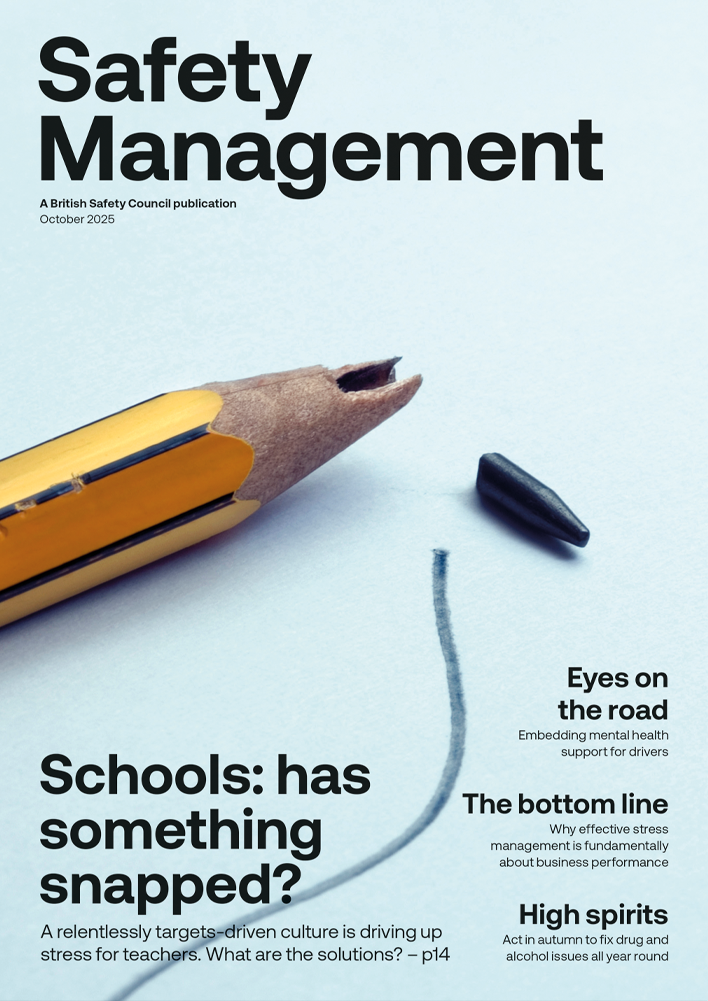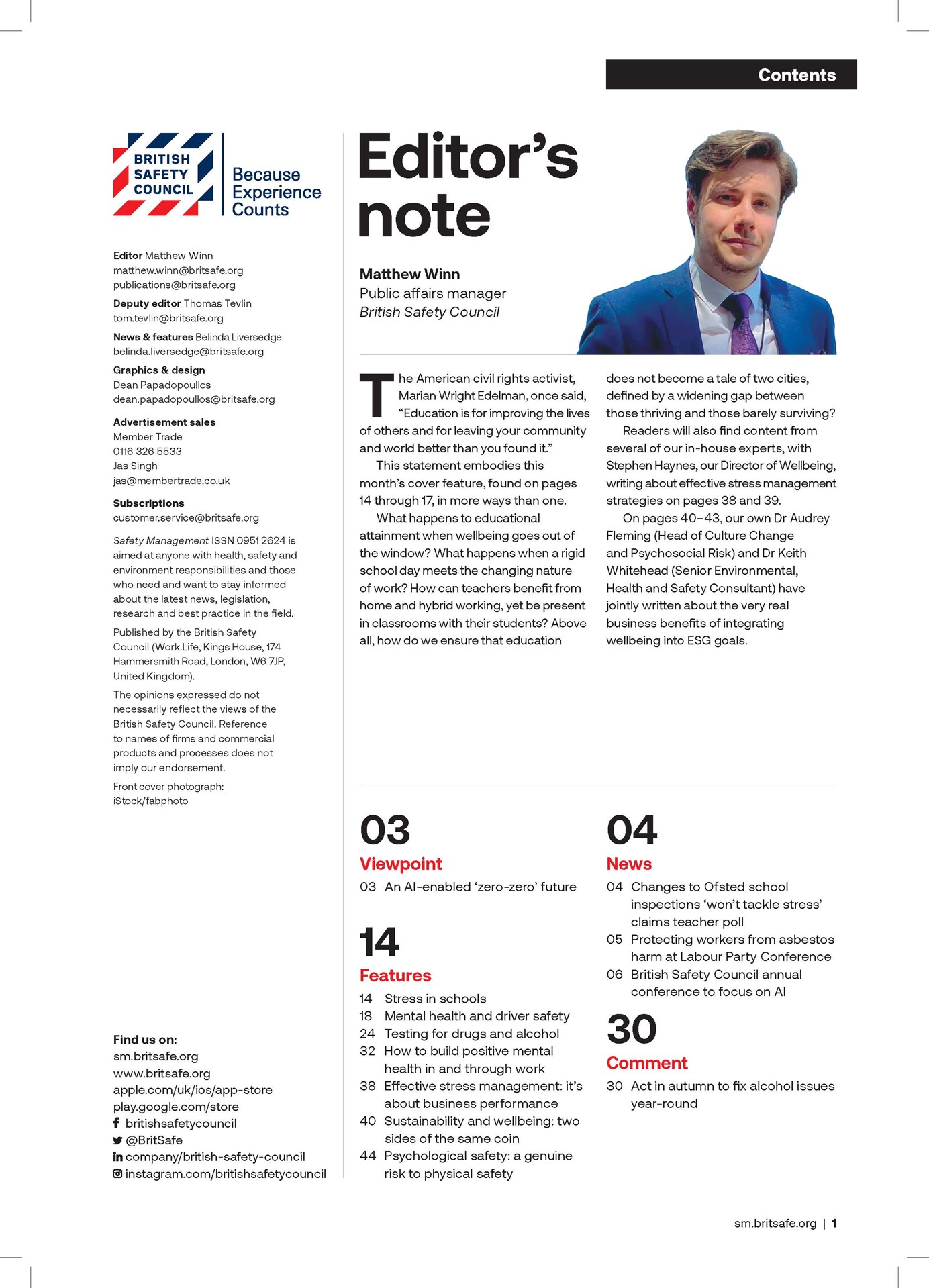Effective investigation of work-related road safety incidents is essential for driving improvements in a company’s occupational road risk management system.
Features
Investigating work-related road incidents: why it matters and how to do it well
Driving for work is one of the most dangerous activities employers ask their staff to undertake. Yet, in many organisations, road risk still sits in a silo – treated as a transport issue rather than a core health and safety concern. With hundreds of fatalities and tens of thousands of injuries involving someone driving for work each year, the case for robust incident investigation is not just compelling, it’s urgent.
For health and safety professionals, the challenge is two-fold: to ensure that incidents are investigated with the same rigour as those in traditional workplaces, and to embed the learning in a way that drives meaningful change. This article explores why incident investigation matters, how to do it well and how to communicate findings across the organisation to build a culture of accountability and improvement.
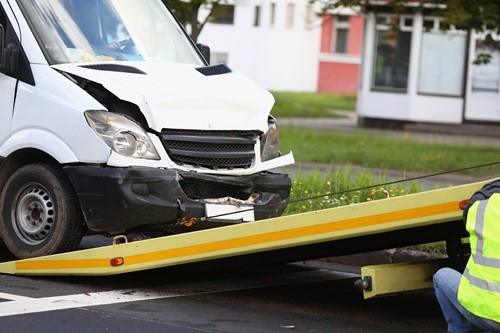 In the event of
In the event of
a fatality, failure to investigate and act on previous incidents could be viewed as falling below expected standards. Photograph: iStock
The case for investigation
The legal duty is clear. Under the Health and Safety at Work Act 1974, employers must do everything reasonably practicable to ensure the safety of employees and others affected by their operations. That includes managing occupational road risk. In the event of a fatality, failure to investigate and act on previous incidents could be viewed as falling below expected standards, potentially exposing the organisation to corporate manslaughter charges. This is why even smaller, apparently less serious incidents should still be investigated because they could point to a more serious systemic issue that, in time, could result in aa more serious incident.
The case for investigation, however, goes far beyond compliance. Collisions carry significant financial consequences, from medical costs and vehicle repairs to lost productivity, retraining, and reputational damage. According to 2024 Department for Transport figures, the average cost to the UK economy of a fatal road collision now exceeds £2.8 million. Even minor incidents can disrupt operations and inflate insurance premiums. A good investigation process helps identify root causes and prevent recurrence – delivering measurable cost savings.
And then there’s the moral imperative. Employers have a duty to protect their people and the public. Investigating incidents thoroughly demonstrates a commitment to safety, builds trust and supports a ‘just’ culture of accountability. It’s not just about ticking boxes – it’s about doing the right thing.
What good looks like
Effective incident investigation is not just about collecting facts – it’s about understanding context, identifying causation and driving improvement. It starts at the scene, with the immediate collection of information: time, location, journey details, environmental conditions, vehicle and driver data, and any available footage or witness accounts. This forms the foundation of the investigation and should be captured using a standardised form such as a ‘bump card’ or digital reporting tool.
From there, the investigator must begin to piece together the story. What happened? Why did it happen? And what needs to change? This means looking beyond the immediate cause, such as speeding or distraction, to explore the underlying and root causes. Was training adequate? Were policies clear? Was there a culture of safety, or one of corner-cutting and pressure?
The best investigations are those that ask difficult questions. They examine not just the actions of the driver, but the systems and structures around them. They consider fatigue, impairment, stress and other human factors. And they do so with fairness, balance and an open mind.
In many cases, the real insight comes not from the incident itself, but from what it reveals about the organisation. A collision caused by speeding might expose a gap in journey planning or scheduling. One caused by the driver being distracted by a phone call could highlight poor communication between drivers and managers. A tyre-related breakdown might point to poor pre-use vehicle safety checks – something that could have easily led to a high-speed blowout and a far worse outcome. That could be a management oversight issue – not spotting when vehicles haven’t been checked – or it could be a training issue if the driver didn’t know how to conduct the pre-use check properly. These are not just operational issues – they’re cultural ones.
Building the investigation framework
To ensure consistency and credibility, organisations should develop a structured investigation framework which includes:
- Clear definitions of incident types (for example, damage-only, minor, serious, fatal, near miss)
- A standardised reporting process, accessible to all employees
- A trained investigation team with defined roles and responsibilities
- A methodology for identifying immediate, underlying, and root causes
- A reporting template that supports clarity, action, and accountability
- A process for reviewing and acting on recommendations.
The framework should be proportionate to the size and complexity of the organisation, but the principles remain the same. Every incident deserves attention. Every investigation should seek to learn. And every finding should lead to action.
It’s also important to recognise that most work-related road incidents are not reportable under RIDDOR. This can create a false sense of security. Just because an incident isn’t legally reportable doesn’t mean it isn’t significant. In fact, many of the most valuable lessons come from near misses and minor collisions – the ones that could have been worse and might be next time.
The human element
One of the most challenging aspects of incident investigation is understanding the human element. Drivers are not machines. They experience fatigue, stress, distraction and pressure. They make decisions in real time, often under difficult conditions, and they may not always recognise themselves as professional drivers, especially if driving is only part of their role.
Investigators must be equipped to explore these factors with empathy and rigour. That means asking not just what happened, but how the driver was feeling, what information they had, what expectations were placed on them and whether they felt supported. It also means considering the broader context including shift patterns, workload, communication and organisational culture.
This is where behavioural safety and psychological safety intersect. If drivers feel they’ll be blamed or punished for speaking up, they won’t. If they believe the investigation is a witch hunt, they’ll shut down. And if the organisation only ever focuses on individual error, it will miss the systemic issues that drive risk.
A ‘Just Culture’ approach can help. It encourages openness, fairness and accountability. It recognises that mistakes happen, but that learning is essential, and it supports proportionate responses – balancing consequences with context.
Turning insight into action
Once the investigation is complete, the real work begins. Findings must be communicated in a way that prompts reflection, drives action and embeds learning. This means tailoring the message to different audiences – what’s relevant to drivers may differ from what managers or directors need to know.
Toolbox talks can be a powerful way to share insights in short, focused sessions. Safety bulletins, training updates and board reports all have their place, but tone matters. Avoid blame and focus on improvement, accountability and shared responsibility. Use real examples to illustrate risk and reinforce the importance of safe behaviours.
The goal is not just to inform, but to influence. To shift attitudes, change behaviours and build a culture where safety is everyone’s business.
It’s also important to close the loop. If an investigation recommends changes, those changes must be tracked, implemented and reviewed. If employees are asked to do things differently, they need support and feedback and, if the organisation claims to be learning, it must show that learning in action.
Strategic integration
For health and safety professionals, incident investigation should not be a standalone activity.
It should be integrated into the wider safety management system, linked to risk assessments, training programmes, performance reviews and strategic planning.
That means aligning investigation findings with:
- Driver training and onboarding
- Journey planning and scheduling
- Vehicle maintenance and procurement
- Policy development and review
- Leadership engagement and reporting.
It also means using data intelligently. Telematics, dashcams, driver scores and maintenance logs can all provide valuable insight, but only if they’re analysed and acted upon. AI and automation are increasingly helping organisations make sense of this data, identifying patterns, flagging anomalies and supporting proactive interventions.
But technology is only part of the solution. The real impact comes from the people who ask the right questions, listen to the answers and make change happen.
Conclusion
Work-related road risk is often overlooked, yet it poses one of the greatest threats to employee safety. By treating vehicle-related incidents with the same seriousness as traditional workplace hazards, health and safety professionals can drive real change.
Effective investigation is the cornerstone of that effort. It reveals gaps, informs decisions and protects lives, but it’s only half the story. Communicating findings, embedding learning and fostering a culture of accountability are what turn insight into impact.
This is not just about compliance. It’s about leadership. It’s about values. And it’s about making sure that every journey, however routine, is as safe as it can be.
Let’s raise the standard. Let’s treat road risk like the priority it is. And let’s make sure every incident, however minor, is a chance to do better.
Download our free Incident Investigation Toolkit: drivingforbetterbusiness.com/support
Simon Turner is Engagement manager at Driving for Better Business
FEATURES
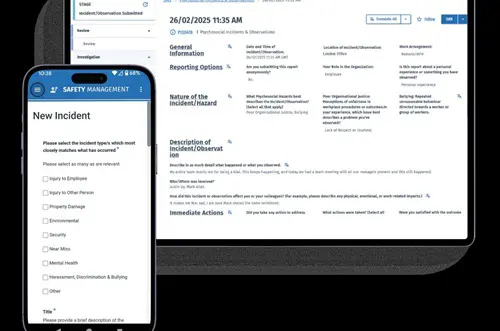
The psychosocial safety challenge: why UK organisations must rethink risk management
By Jose Arcilla, HSI on 09 December 2025
Employers are increasingly keen to effectively manage psychosocial risks such as stress, bullying and poor work-life balance, and EHSQ digital tools make it easier both for workers to report psychosocial problems and for managers to spot patterns and trends, intervening early to protect everyone’s mental and physical wellbeing.
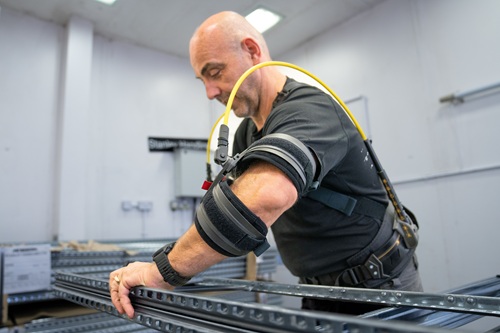
AI-powered wearables: transforming workplace health and safety
By Graham Sharp, Stanley on 08 December 2025
Wearable technology powered by AI analysis is now regularly deployed to prevent safety problems like musculoskeletal injuries and collisions between forklifts and pedestrians, and future developments mean the technology looks set to make it easier to manage other safety challenges, like site evacuations.

Supporting neurodiverse employees: why standard DSE assessments fall short
By Guy Osmond and Alex Reffell, Osmond Ergonomics & Wellbeing on 08 December 2025
Display screen equipment assessments have traditionally focused on tackling the physical ergonomics of desk-based work in a bid to reduce musculoskeletal risks, but effectively supporting the wellbeing and productivity of neurodivergent workers involves a wider consideration of their cognitive, sensory, organisational and environmental needs.


